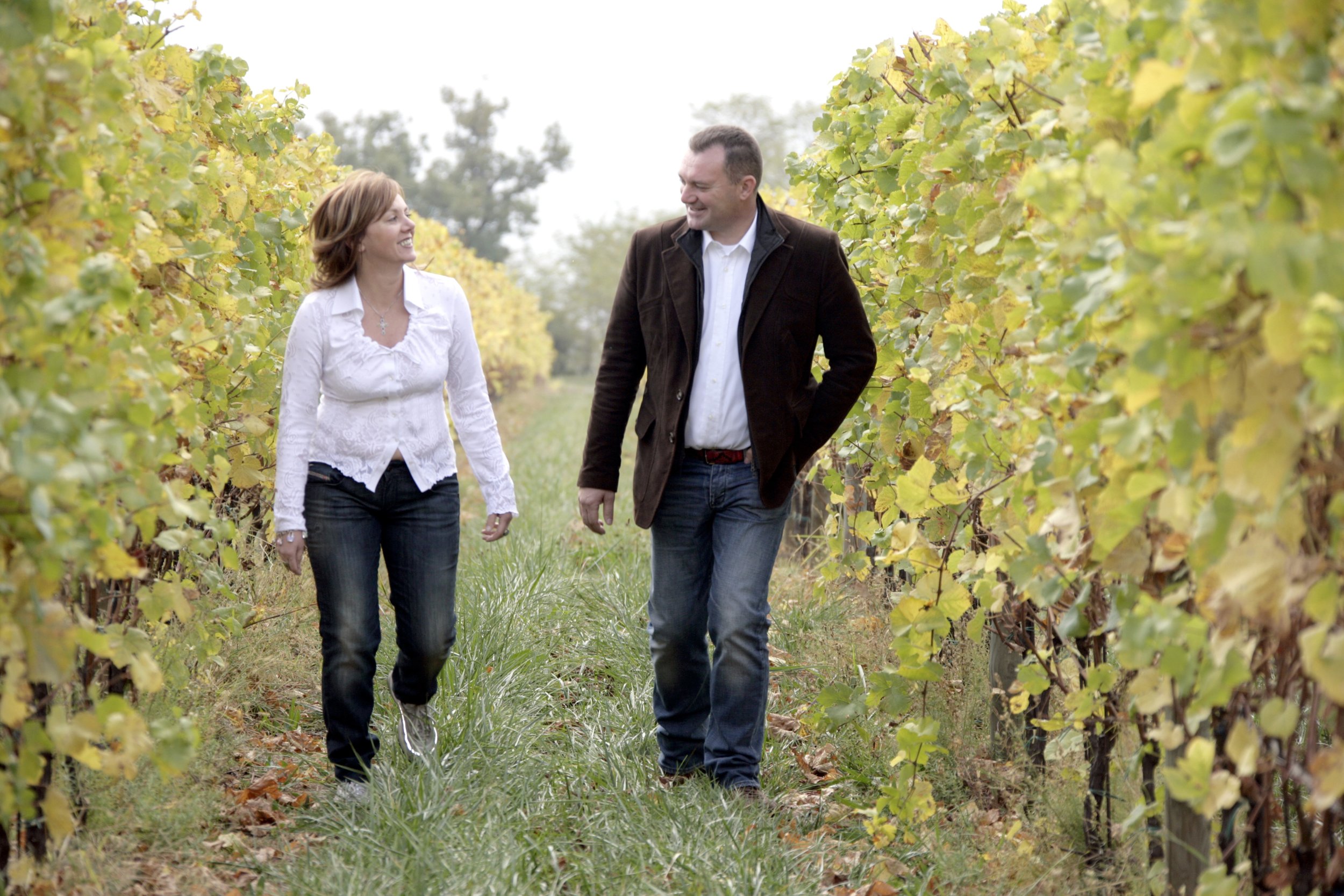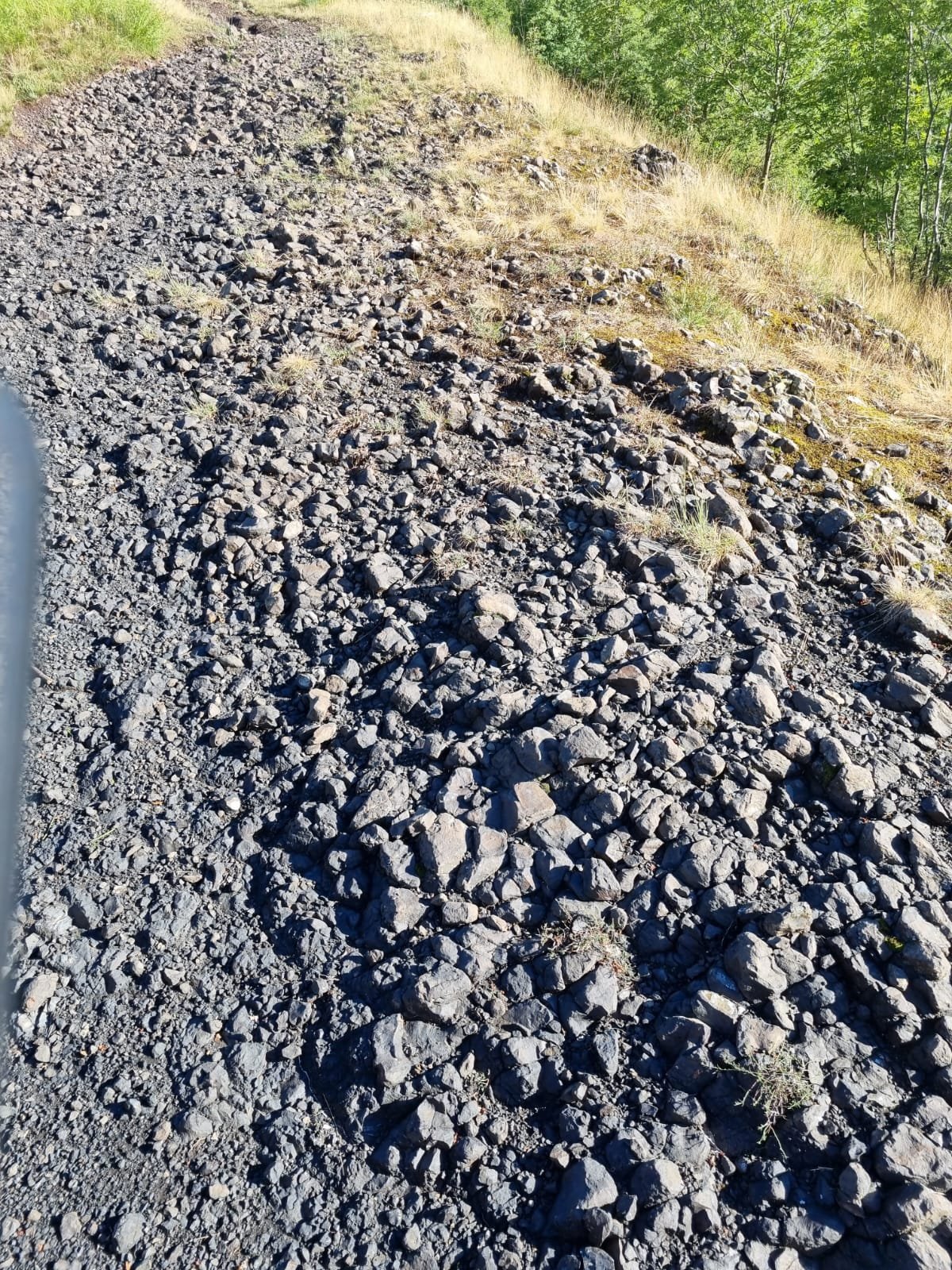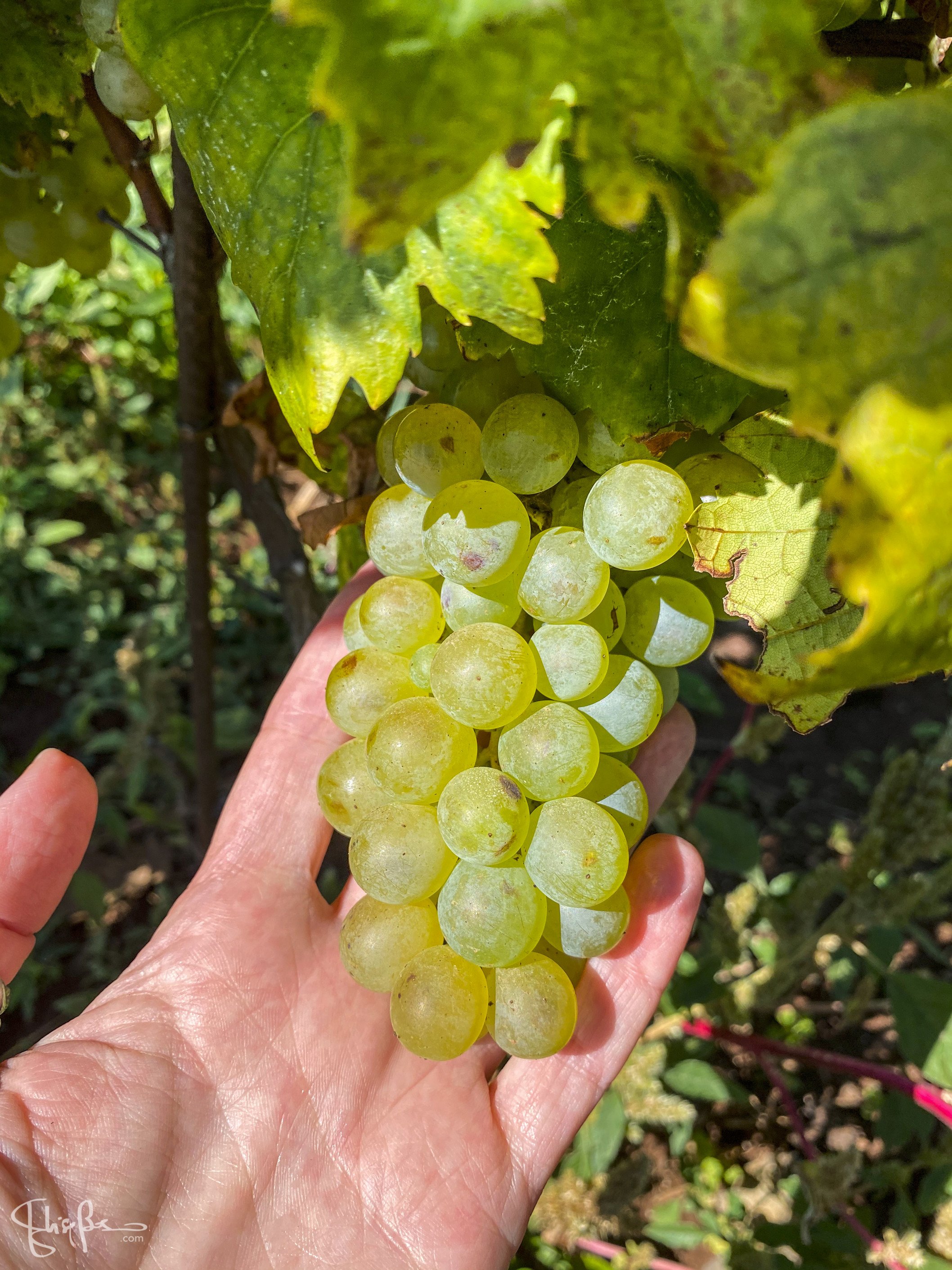Discover the Volcanic Mountain Sparkling Wines of Durello
Champagnes and sparkling wines take center stage in December. With so many different offerings from around the globe, finding a perfect Champagne or wine made in the traditional Champagne method can be overwhelming. In my search for the perfect holiday bubbly this year, I found a beautiful duo of sparklers from Northern Italy. When I say “found” I really mean that Sheila Donohue of VeroVino wine importers handed me two wines to try from the Sandro de Bruno winery. I tried them, liked them and will be stocking my cellar for the holidays with them. Why? Well, I talked with the winemaker in one of our recent virtual wine tastings. Read on to see what I discovered.
Sandro de Bruno founders, husband and wife team, Marina Ferraretto and Sandro Tasoniero.
Sandro de Bruno: Volcanic Wines
Sandro Tasoniero, who owns Sandro de Bruno estate winery, with his wife, Marina, was “born in the winery”, as he describes. He is referring to his family’s livelihood, starting with his grandfather Alessandro who bought land and started to make wine in 1924, after living in the US, New York and Michigan for 6 years in his late teens and early 20s. Sandro’s dad continued work in the family’s winery. Then in 2002, Sandro and Marina started Sandro de Bruno, farming sustainably and making wines following years of tradition of the place where they are from, in Veneto, in northern Italy.
Sandro is the winemaker and produces several different types of wine but his true passion is producing artisan wine in classic Méthode Champenoise style which is called metodo classico in Italian. He doesn’t use the typical “Champagne” grapes of Chardonnay, Pinot Noir and Pinot Munier in his white sparkling wines but rather an obscure white grape varietal called durella. Fun fact, when durella grapes are made into wine, the name changes to Durello.
Volcanic rocks and soil in Sandro de Bruno mountain vineyard.
According to Sandro, the winery is “immersed” in the Soave and Lessini Mountains between Montecchia di Crosara and Terrossa di Roncà in the Lessini Durello DOC. As an American I would have used the word “located” but I love the visual picture from the word immersed as though the winery is part and parcel to the land. This is the main region producing the grape variety durella and is just a few steps north of the Valpolicella appellation, about an hour north of Verona. The terrain is considered pre-alps with the actual alps not too far in the distance. The soils are ancient and mostly volcanic. They are similar to the soils of other volcanic regions such as Etna but much older. Large fossil deposits in the area along with basalts rich in iron and magnesium add to the complexity of the soils and thus the grapes.
As does the biodiversity of the region. Bordering a national park, the Lessinia Regional Natural Park, the vineyards enjoy the presence of healthy insects and pollinators and other indigenous microorganisms that can flit between the vineyards and the woods and meadows of the park. Vineyards in the Lessini Durello DOC appellation can reach 800 meters or 2624 feet. As a reference, this would be considered a high-elevation vineyard in California. Rainfall is plentiful at a typical 1063 mm per year which equates to 42 inches. The average temperature is about 13.7 Celsius or 56 degrees Fahrenheit.
Durella the Grape
A durella grape cluster on one of Sandro’s vines.
But why use the grape variety durella to make sparkling wine? No doubt for several reasons. One of which is that the durella grape is indigenous to the Lessini Durello appellation but there are many other reasons why this varietal is perfect for sparkling wine production. Durella has thick skin. In fact, the definition of “durella” in Italian is “hard” or “tough”. Many winemakers and vineyardists believe this grape was given the name “durella” because of its “tough” grape skin. The thicker a grape skin, the more abundant the grape phenolics which produce color and flavor in grapes, two components of good wine.
Another benefit of the durella grape is that it is naturally high in acidity which means that the grapes can be left on the vine to ripen slowly. For the most part, as grapes ripen, their sugars increase and their acids decrease which is why Champagne and sparkling wine producers tend to bring their grapes in earlier and much less ripe than grapes harvested to be made into still wine. They need the grapes to maintain high acidity to carry “freshness” in the resulting wine through two fermentations (one to make still wine, the second to make sparkling). As durella has such naturally high acidity, it can be harvested later in the season allowing all the flavors to be developed without worry that the grapes will lose their acidity which would result in producing a “flabby” wine. The result of bringing grapes in early before they’ve had a chance to ripen and develop, as many Champagne and sparkling wine producers do, is that often the grapes aren’t balanced with both acidity and flavor, but durella seems to solve that problem. Durella grapes from the Lessini Durello appellation are able to ripen without losing the much-needed acidity for sparkling wines all while allowing the flavor profile of the varietal to actually shine through.
A note for the corkdorks among us, in 2018 a new distinction was added to the Lessini Durello DOC, that of the Monte Lessini Metodo Classico DOC which is only allowed to be used by wineries in the region who produce metodo Champagne. If a winery produces sparkling in the Charmat Method, the wine must use the Lessini Durello DOC on the label.
Sparkling wine vs champagne? Try these 2 Durellos from Sandro as a champagne alternative. You will love their minerality and complexity of these 95 point rated white champagne style wines.
Durello the Wine
At Sandro de Bruno, Sandro produces two Durello white sparkling wines in the Champagne method style. The first is a 36 month sur lie where the wine rests on the lees (dead yeast particles) which are still in the bottle after the second fermentation. During the first 8 months, once per week the lees are stirred up to get the particles back into the wine (so to capture as much flavor, complexity and roundness as possible). This process is referred to as “bâtonnage”. After the lees are removed (dégorgement) and a small amount of dosage is added. In this case, a small amount of the original, completely dry wine which is comprised of 10% pinot blanc and 90% durella; the bottles are then aged in the cellar for another 5-6 months before release.
The second wine is an Extra Brut. This wine goes through the same process as the first wine but is kept on the lees for 60 months (that’s 5 years!). While there is a dosage, of 2 grams per liter of natural sugars coming from the wine itself, it is still dry, within the parameters of an “Extra Brut”. This wine also has 15% Pinot Blanc.
Sandro de Bruno Lessini Durello DOC Riserva 36 Months Zero Dosage, 2016
Color: Luminous, straw to almost light golden tone
Clarity: Clear with good perlage
Nose: Lime to lime chiffon, green apple, star anise, minerality, fresh baked bread, slightly floral ending with an herbaceous note of dried sage.
Palate: Creamy but with great acidity. Nice, round mouth feel with more fruit on the palate than on the nose.
It’s easy to drink this white sparkling wine on its own, but it also would pair great with creamy pastas, white fish, fried chicken, cheese, fresh oysters, and even some of the more difficult vegetables to pair such as asparagus and artichokes. More flavorful than many sparklers.
Sandro de Bruno Durello DOC Champagne Method - 60 Months Extra Brut, 2015
Color: Brilliant, straw-yellow moving to shiny, light gold
Clarity: Clear with long lasting bubbles
Nose: Savory with a touch of tropical fruit, flint/minerality
Palate: Round on the palate, creamy with tropical scents along with flint ending with slightly sweet bergamot
Lovely wine, pair-able with chicken, cheeses, creamy risotto, and possibly with a not-too-sweet fruit tart!
This article is written by sommelier Roxanne Langer, founder of Lady Somm wine consultancy and the Carmel Wine School.
Taste these Volcanic Champagne Style Durello Sparkling Wines
Explore the durella grape with and taste along with the winemaker with these two sparkling wines from Italy.






